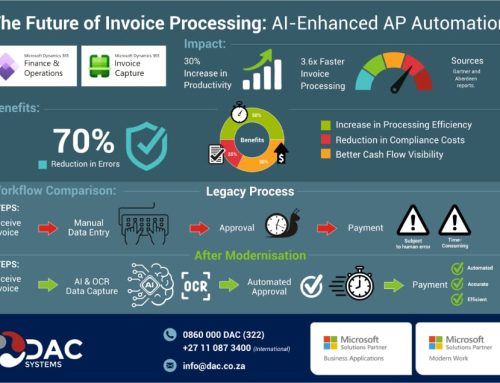Updated: Sep 2, 2019
You just heard from the SharePoint Team
You have just finished the in-house training session, and are reading the e-mail you received from the SharePoint Team.
Typically the training is just an overview of how SharePoint works – just the basics: ’For end-users’ course is what they call it!
It used to be a whole day training session, but now they have short, interactive training sessions.
This is great. During whole day sessions, if you have not had enough coffee… well it’s not to say it’s always boring, but you need a lot of energy to keep your concentration levels up there!
During the end-user training session, they asked who would like to be a ‘site owner’.
You thought it could be fun! So you put your name down, and this is where the mail comes in – you read that you are being assigned to join the SharePoint team during one of their knowledge sharing and information gathering sessions (where they talk about stuff like information architecture and information management).
They need you to come prepared with some of your Content Types you work with.
The training was really easier than you thought it would be. They showed the basics of working with Lists and Libraries, as well as some of the great Office integration features.
They also showed how to access a site, drag and drop documents into Libraries and use the newsfeed. You asked them about Sync’ing your content with SharePoint and they showed you how to do that.
They also showed you how to use search. They have what they call “continuous search”, so as you add something, it is immediately available for you to use.
Quite impressive that!
The one thing you finally learnt, was how to use AND, OR and NOT to expand or narrow your search. You never realised that you had to capitalise these ‘operators’ for them to work (This is true for Bing and Google as well!)
The change management and rah-rah leading up to the training session has also been quite fun. Little goody bags with branded stationary being handed out during lunch … special lunches for the training delegates…I mean, who would say no to a free lunch!
At least your executives seem to be supporting the drive to move their digital content onto SharePoint. You saw a bunch of them on the training with you. Nice to see them join in and not just preach about using it!
The message given during the training session is that, SharePoint, used strategically and correctly, will add value to your business. The executives like this – which is why we have great buy-in from the top.
At the training you asked a bit about the loading of documents into SharePoint, and how you are going to find the time to tag each and every one of them!
You were told that there are at least 3 ways to assist in making this process easier:
- Use library defaults
- Use column default values
- Set a default value on a Folder
You went through your files and folders and have identified what default values you will need when loading your content into the SharePoint libraries.
During the SharePoint training, they gave you a spreadsheet on which you could record your Content Types as well as a spreadsheet to record your Columns. This makes it super easy to jot down what you need.
On the Columns spreadsheet you just enter the name of the column, and being a Safety Officer, you type “Extinguisher Type”, then you choose what Metadata Type it will be. You know that the list of Fire extinguishers is a controlled list, so you select “Managed Metadata”. You then add a short description and that’s it.
The Content Type spreadsheet needs a bit more information – apart from the Title and Description you need to fill in the different columns that you require for the Content Type. They recommend as few columns as possible to uniquely identify the document, and making as many columns as possible mandatory – and you know why!
So you complete the form:
- Title: Fire Safety Inspection form
- Description: To be completed by Fire safety inspector during building inspections
- Column1: Building name
- Column2: Date
- Column3: Fire extinguisher type
Your Fire inspection reports need to be kept for no longer than 3 years and must never be printed.
You complete the rest of the form by entering “D3” (Destroy after 3 years), as well as the policy statement (This is the statement the end users will see when they first open the document). “Do not print this document!” File – Save! That’s it.
Apparently the SharePoint team add the Metadata fields as Terms in the Taxonomy Term store, then assign them to Columns, these are then added to the Content Type. When you then add a document to a library, you select the Content Type and complete the metadata fields relevant to that content type.
You are now ready for the Knowledge sharing session! Who ever would have thought that you could be looking forward to something like being able to store your content correctly?













Keep In Touch